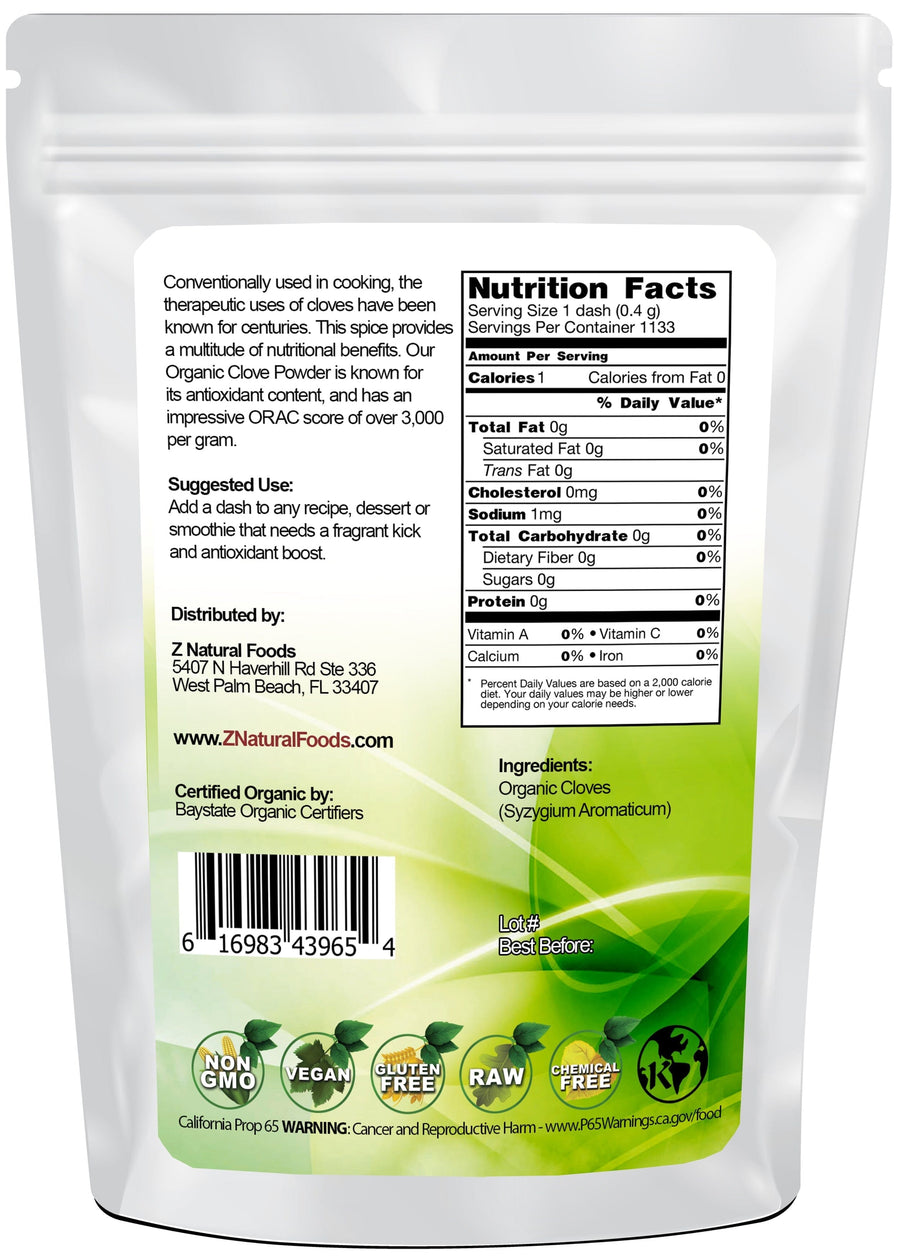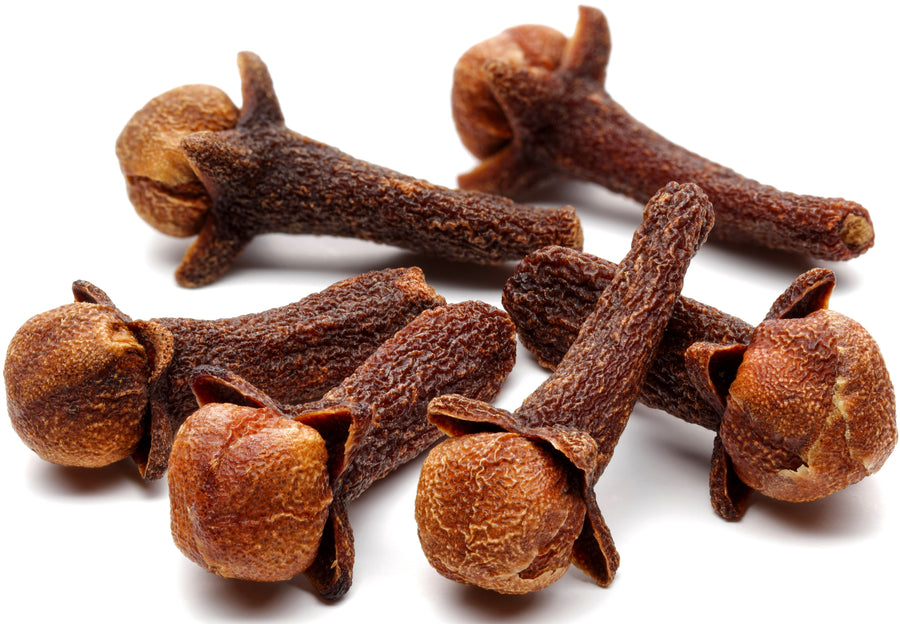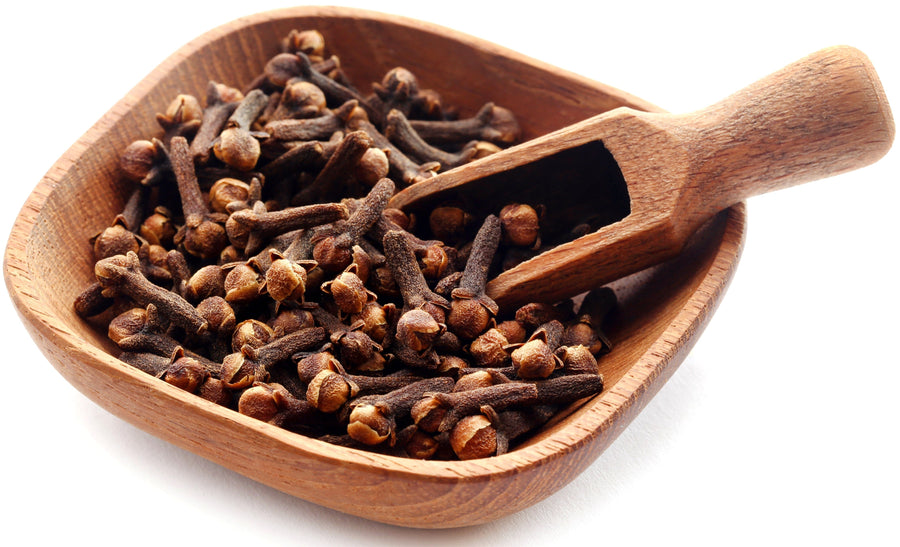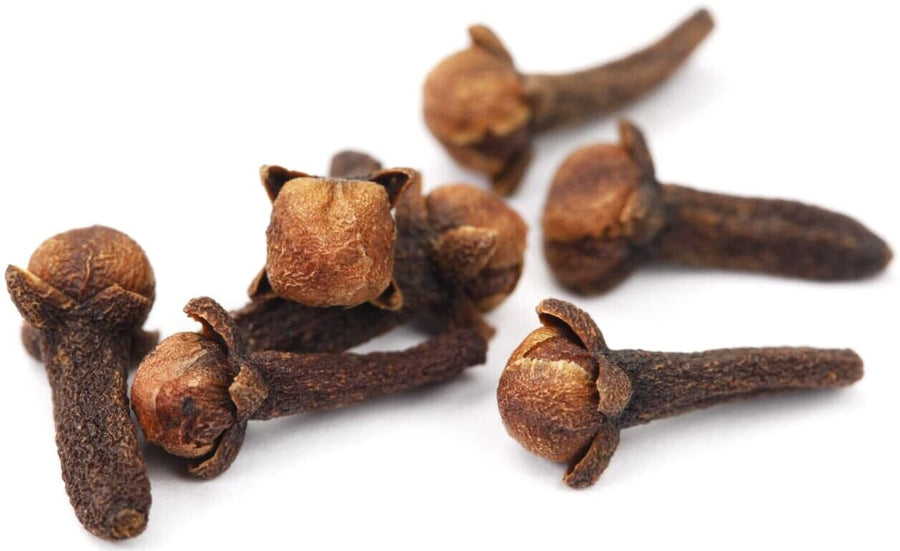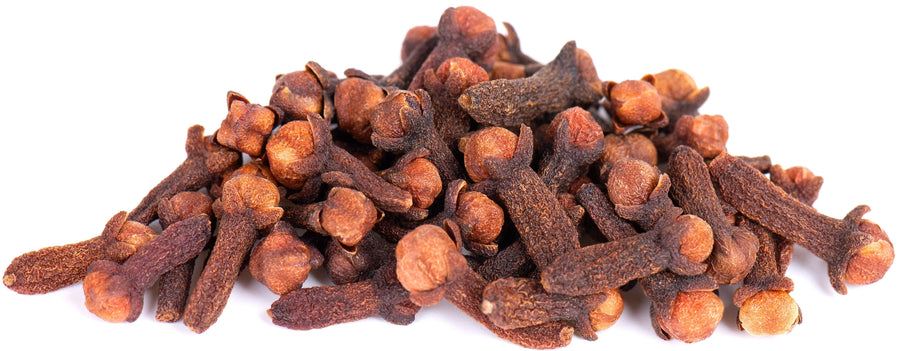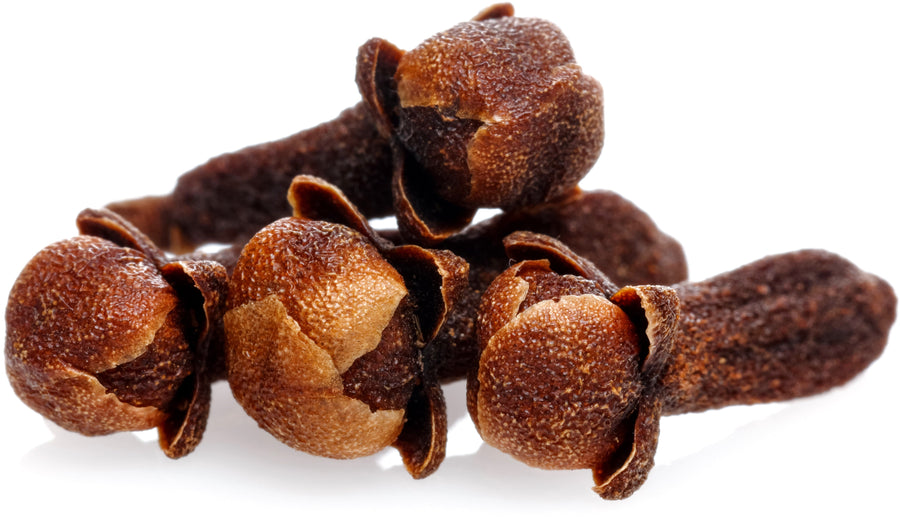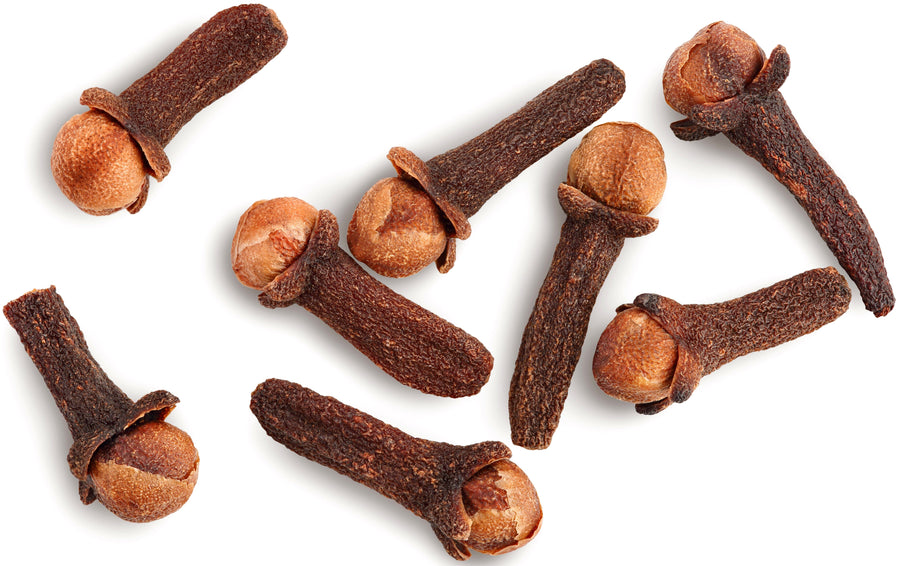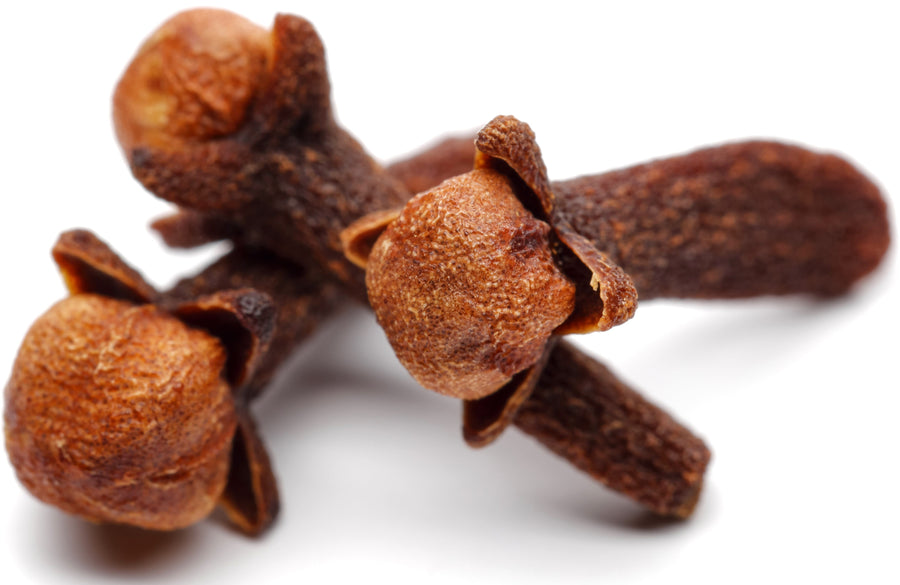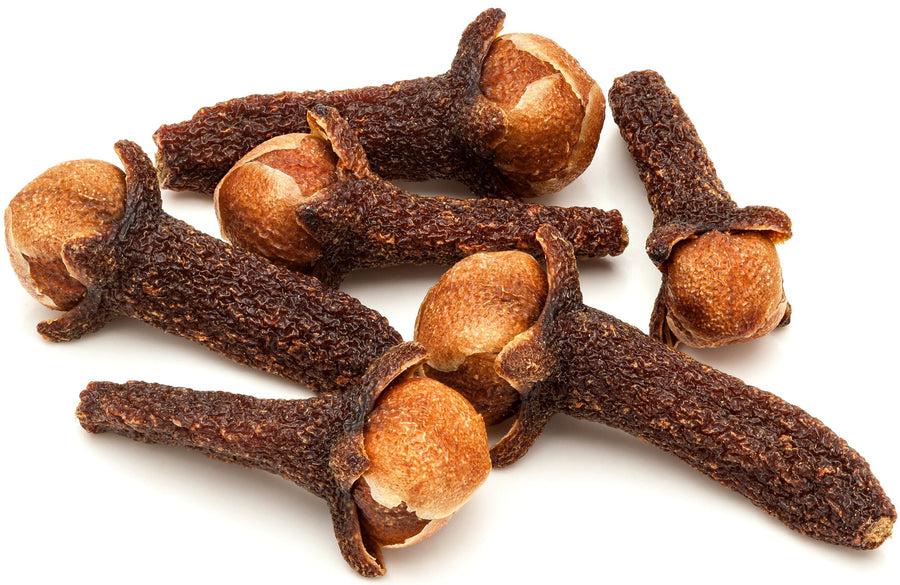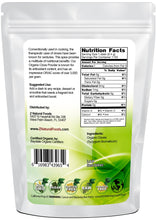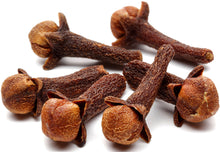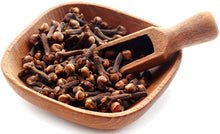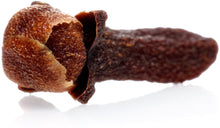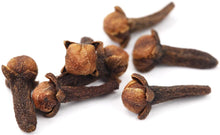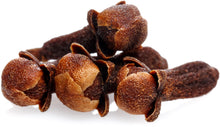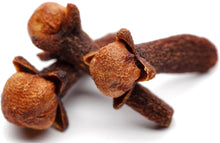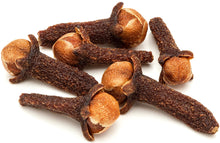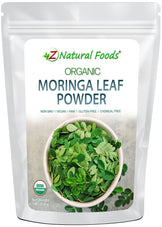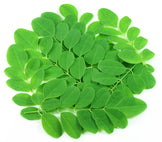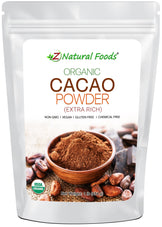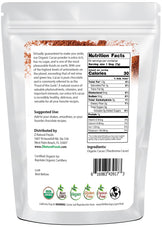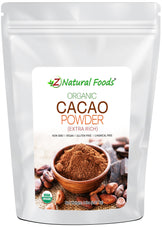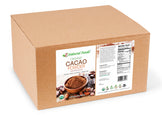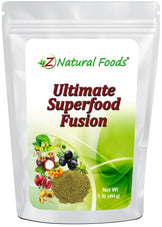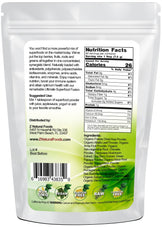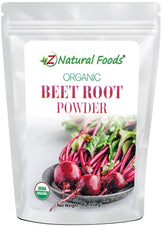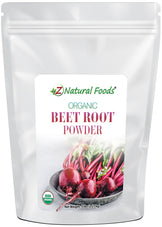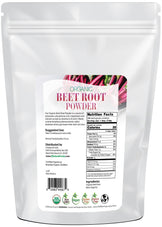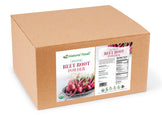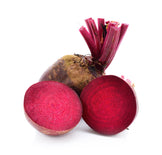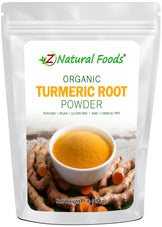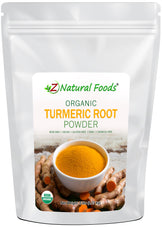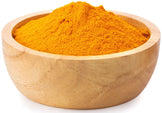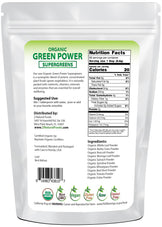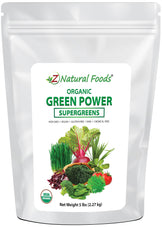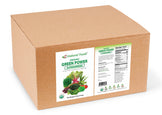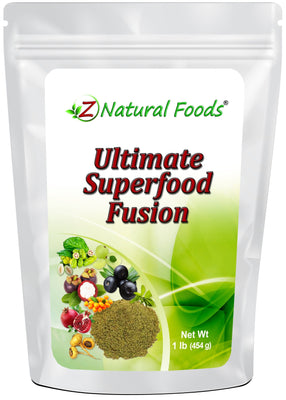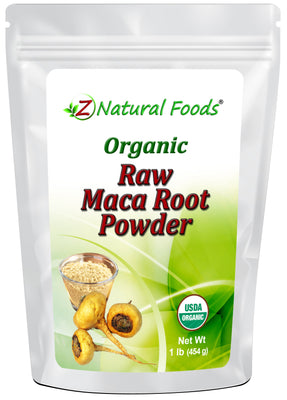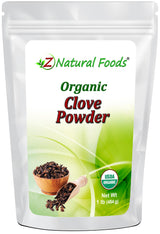About Product
Clove powder is derived from dried cloves, an aromatic flower bud native to Indonesia.
Cloves have been used since ancient times as a spice and for their unique properties.
Cloves were brought to India and the Middle East by traders, where they were highly prized for their warm, spicy flavor.
Clove powder became popular in Europe during the Middle Ages when it was used to flavor dishes. Clove powder is now used in many cuisines worldwide.
- Minerals: Calcium, Iron, Magnesium, Phosphorus, Potassium, Zinc, Copper, Manganese, Selenium
- Vitamins: Vitamin C, Thiamin, Riboflavin, Niacin, Pantothenic Acid, Vitamin B-6, Folate, Folate food, Folate DFE, Choline, Betaine, Vitamin A (RAE), Beta carotene, Cryptoxanthin, Vitamin A (IU), Lutein & Zeaxanthin, Vitamin E, Beta Tocopherol, Gamma Tocopherol, Delta Tocopherol, Vitamin K
- Amino Acids: Tryptophan, Threonine, Isoleucine, Leucine, Lysine, Methionine, Cystine, Phenylalanine, Tyrosine, Valine, Arginine, Histidine, Alanine, Aspartic Acid, Glutamic Acid, Proline, Serine, Hydroxyproline
- Proanthocyanidins: Monomers, Trimers, 4-6mers, 7-10mers, Polymer (>10mers)
- Polypropenoids: Thymol, Eugenol
This product is 100% natural and minimally processed. Taste, smell, texture, and color vary from batch to batch.
Suggested Use: Add a dash to any recipe, dessert, tea, or smoothie that needs a fragrant kick and antioxidant boost.
Other Preparations:
Tincture: This method can take 15 to 30 days. You will need three items (a mason jar with a cover, the herb/herbs of your choice, and liquid for extracting). The extracting liquid can be alcohol, alcohol/ water combo, vinegar, or vegetable glycerin. Take the product and fill the jar ¾ full, add the liquid of your choice, and close the jar. Then shake the jar, so everything is well mixed. Give the jar a good 5-minute shake several times a day. After 15 to 30 days, strain and bottle in glass tincture jars.
Mixing Suggestion: To increase flavor and nutritional profile, combine our organic cinnamon and ginger powders in a smoothie or straight on your food.
Botanical Name: Syzygium aromaticum.
Other Names: Lavang, cengkeh, cengkih, Laung, Kabsh qarunfil, Kabsh qaranful, Kruidnagel, Choji, Choji, Kurobu, Krambu, Lavanga, Clavo, Clavo de olor, Dinh huong.
Parts Used: Whole, Clove.
Ingredients: Raw Clove.
Origin: Grown and dried in Comoros and packaged with care in Florida, USA.
How to Maintain Optimum Freshness
- This product is packaged in airtight stand-up, resealable foil pouches for optimum freshness.
- Once opened, push the air out of the pouch before resealing it to preserve maximum potency.
- Keep your powder in a cool, dark, dry place.
This product is 100% natural and minimally processed:
Taste, smell, texture, and color vary from batch to batch. Go here to learn why our products may naturally vary.
The important protections we take to bring you safe and nutritious superfoods:
Please go here to discover the essential steps we take to deliver fresh, quality nutrition.
Bulk Quantities?
Need to order a large quantity of our products? We are happy to help! Please get in touch with our Bulk department to discuss the details.
* Product packaging, pictures, and origin may vary.
Sources & References
1. "Syzygium aromaticum (L.) Merr. & L. M. Perry". Germplasm Resources Information Network (GRIN) online database. Retrieved June 9, 2011.
2. "Guide to cloves with information on the history of cloves and recipe ideas" helpwithcooking.com. Retrieved 24 June 2012.
3. Dorenburg, Andrew and Page, Karen. The New American Chef: Cooking with the Best Flavors and Techniques from Around the World, John Wiley and Sons Inc., 2003
4. Falkowitz, Max (10 February 2011). "Spice Hunting:Cloves". Retrieved 24 June 2012.
5. "Flavored Tobacco". FDA.gov. Retrieved 2012-09-07.
6. "Tips for Home and Garden". Wofome.com.
7.Balch, Phyllis and Balch, James. Prescription for Nutritional Healing, 3rd ed., Avery Publishing, 2000, p. 94
8. Alqareer A, Alyahya A, Andersson L. (2012-05-24). "The effect of clove and benzocaine versus placebo as topical anesthetics". Journal of dentistry 34 (10): 747"“50. PMID 16530911.
9. Chinese Herbal Medicine: Materia Medica, Third Edition by Dan Bensky, Steven Clavey, Erich Stoger, and Andrew Gamble 2004
10. "Question: Multiple Sclerosis". TibetMed. Retrieved 2012-09-07.
11. Tillotson, Alan (2005-04-03). "Special Diets for Illness". Oneearthherbs.squarespace.com. Retrieved 2012-09-07.
12. "Clove (Eugenia aromatica) and Clove oil (Eugenol)". National Institutes of Health, Medicine Plus. nlm.nih.gov. 2012-02-15. Retrieved 2012-09-07.
13. Kurokawa, Masahiko; et al. (1998). "Purification and Characterization of Eugeniin as an Anti-herpesvirus Compound from Geum japonicum and Syzygium aromaticum". JPET 284 (2): 728"“735.
14. Niwano, Y.; et al., Keita; Yoshizaki, Fumihiko; Kohno, Masahiro; Ozawa, Toshihiko (2011). "Extensive screening for herbal extracts with potent antioxidant properties". Journal of Clinical Biochemistry and Nutrition 48 (1): 78"“84. doi:10.3164/jcbn.11-013FR. PMC 3022069. PMID 21297917.
15. Monks, Neale. "Aquarium Fish Euthanasia: Euthanizing and disposing of aquarium fish.". FishChannel.com. Retrieved August 1, 2011.
16. Youngken, H.W. (1950). Text book of pharmacognosy (6th ed.).
17. Bisset, N.G. (1994). Herbal drugs and phyotpharmaceuticals, Medpharm. Stuttgart: Scientific Publishers.
18. Turner, Jack (2004). Spice: The History of a Temptation. Vintage Books. pp. xv. ISBN 0-375-70705-0.
19. Worrall, Simon (23 June 2012). "The world's oldest clove tree". BBC News Magazine. Retrieved 24 June 2012.
20. Krondl, Michael. The Taste of Conquest: The Rise and Fall of the Three Great Cities of Spice. New York: Ballantine Books, 2007.
21. Andaya, Leonard Y. (1993). "1: Cultural State Formation in Eastern Indonesia". In Reid, Anthony. Southeast Asia in the early modern era: trade, power, and belief. Cornell University Press. ISBN 978-0-8014-8093-5.
22. "The Third Voyage of Sindbad the Seaman - The Arabian Nights - The Thousand and One Nights - Sir Richard Burton translator". Classiclit.about.com. 2012-04-10. Retrieved 2012-09-07.
23. Li-Ming Bao, Eerdunbayaer, Akiko Nozaki, Eizo Takahashi, Keinosuke Okamoto, Hideyuki Ito and Tsutomu Hatano (2012). "Hydrolysable Tannins Isolated from Syzygium aromaticum: Structure of a New C-Glucosidic Ellagitannin and Spectral Features of Tannins with a Tergalloyl Group.". Heterocycles 85 (2): 365"“81. doi:10.3987/COM-11-12392.
24. Chinese Herbal Medicine: Materia Medica, Third Edition by Dan Bensky, Steven Clavey, Erich Stoger, and Andrew Gamble. 2004
25. "Clove Essential Oil - Chemical Composition". Scienceofacne.com.
26. Hartnoll, G; Moore, D; Douek, D (1993). "Near fatal ingestion of oil of cloves" Archives of Disease in Childhood 69 (3): 392"“3. doi:10.1136/adc.69.3.392. PMC 1029532. PMID 8215554.
27. Amaechi BT, Higham SM, Edgar WM. Techniques for the production of dental eroded lesions in vitro. J Oral Rehabil 1999 Feb;26(2):97-102. 1999. PMID:12580.
28. Ensminger AH, Esminger M. K. J. e. al. Food for Health: A Nutrition Encyclopedia. Clovis, California: Pegus Press; 1986. 1986. PMID:15210.
29. Fortin, Francois, Editorial Director. The Visual Foods Encyclopedia. Macmillan, New York. 1996. 30. Friedman M, Henika PR, Mandrell RE. Bactericidal activities of plant essential oils and some of their isolated constituents against Campylobacter jejuni, Escherichia coli, Listeria monocytogenes, and Salmonella enterica. J Food Prot 2002 Oct;65(10):1545-60. 2002.
31. Ghelardini C, Galeotti N, Di Cesare Mannelli L, et al. Local anaesthetic activity of beta-caryophyllene. Farmaco 2001 May-2001 Jul 31;56(5-7):387-9. 2001. PMID:12570.
32. Grieve M. A Modern Herbal. Dover Publications, New York. 1971.
33. Krishnaswamy K, Raghuramulu N. Bioactive phytochemicals with emphasis on dietary practices. Indian J Med Res 1998 Nov;108:167-81. 1998. PMID:12540.
34. Wood, Rebecca. The Whole Foods Encyclopedia. New York, NY: Prentice-Hall Press; 1988. 1988. PMID:15220.
35. Alqareer A, Alyahya A, Andersson L. The effect of clove and benzocaine versus placebo as topical anesthetics. J Dent 2006;34(10):747-50.
36. Chami N, Bennis S, Chami F, et al. Study of anticandidal activity of carvacrol and eugenol in vitro and in vivo. Oral Microbiol.Immunol 2005;20(2):106-111.
37. Darshan S. Doreswamy R. Patented antiinflammatory plant drug development from traditional medicine. Phytother.Res 2004;18(5):343-357.
38. Dragland, S., Senoo, H., Wake, K., Holte, K., and Blomhoff, R. Several culinary and medicinal herbs are important sources of dietary antioxidants. J Nutr. 2003;133(5):1286-1290.
39. Eisen JS, Koren G, Juurlink DN, et al. N-acetylcysteine for the treatment of clove oil-induced fulminant hepatic failure. J Toxicol Clin Toxicol 2004;42(1):89-92.
40. Jadhav BK, Khandelwal KR, Ketkar AR, et al. Formulation and evaluation of mucoadhesive tablets containing eugenol for the treatment of periodontal diseases. Drug Dev Ind Pharm 2004;30(2):195-203.
41. Janes SE, Price CS, Thomas D. Essential oil poisoning: N-acetylcysteine for eugenol-induced hepatic failure and analysis of a national database. Eur J Pediatr 2005;164(8):520-2.
42. Kim SI, Yi JH, Tak JH, et al. Acaricidal activity of plant essential oils against Dermanyssus gallinae (Acari: Dermanyssidae). Vet.Parasitol 4-15-2004;120(4):297-304.
43. Li Y, Xu C, Zhang Q, et al. In vitro anti-Helicobacter pylori action of 30 Chinese herbal medicines used to treat ulcer diseases. J Ethnopharmacol 4-26-2005;98(3):329-333.
44. Miyazawa M, Hisama M. Antimutagenic activity of phenylpropanoids from clove (Syzygium aromaticum). J Agric Food Chem 10-22-2003;51(22):6413-6422.
45. Natural Standard Research Collaboration, Chief Editors: Ulbricht C, Basch E, Natural Standard Herb, and Supplement Reference - Evidence-Based Clinical Reviews, USA: Elsevier/Mosby, 2005.
46. Somova LO, Nadar A, Rammanan P, et al. Cardiovascular, antihyperlipidemic, and antioxidant effects of oleanolic and ursolic acids in experimental hypertension. Phytomedicine 2003;10(2-3):115-121.
47. Taguchi Y, Ishibashi H, Takizawa T, et al. Protection of oral or intestinal candidiasis in mice by oral or intragastric administration of herbal food, clove (Syzygium aromaticum). Nippon Ishinkin Gakkai Zasshi 2005;46(1):27-33.
48. Tajuddin A, Ahmad S, Latif A, et al. Aphrodisiac activity of 50% ethanolic extracts of Myristica fragrans Houtt. (nutmeg) and Syzygium aromaticum (L) Merr. & Perry. (clove) in male mice: a comparative study. BMC.Complement Altern Med 10-20-2003;3(1):6.
49. Trongtokit Y, Rongsriyam Y, Komalamisra N, et al. Comparative repellency of 38 essential oils against mosquito bites. Phytother Res 2005;19(4):303-9.
50. http://ndb.nal.usda.gov/ndb/foods
51. http://naturalmedicinejournal.com/journal/2010-06/anti-inflammatory-and-chemopreventative-effects-chai-tea
* Reviews & Success Stories Disclaimer
Product reviews solely reflect the views and opinions expressed by the contributors and not those of Z Natural Foods. Z Natural Foods does not verify or endorse any claims made in these reviews. Statements have not been evaluated by the FDA and are not intended to diagnose, treat, cure, or prevent any disease or health condition.REFERRAL PROGRAM
Share your personal link to your friends and welcome them with rewards. Claim yours when they make their first purchase.

GIVE
$10 off discount

GET
$10 off discount
Other products in the same category
Ultimate Superfood Fusion
$29.99
Beet Root Powder - Organic
$12.99

